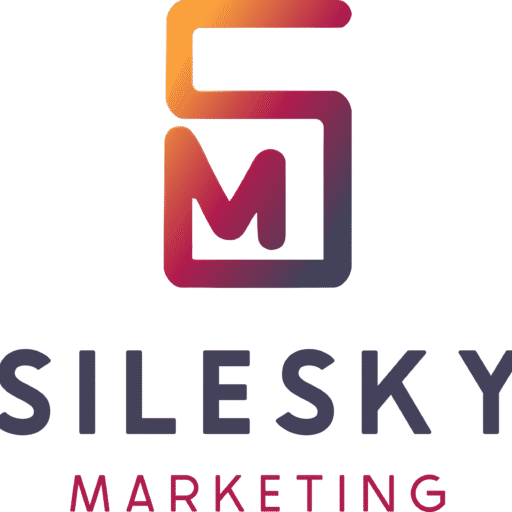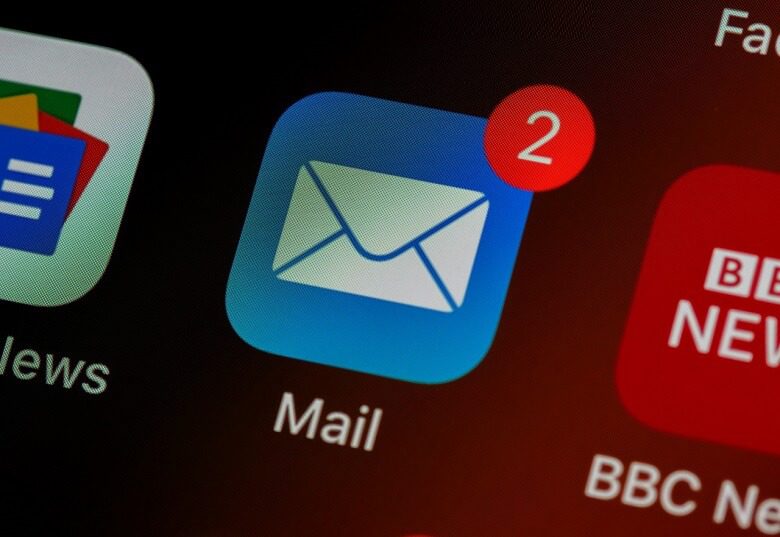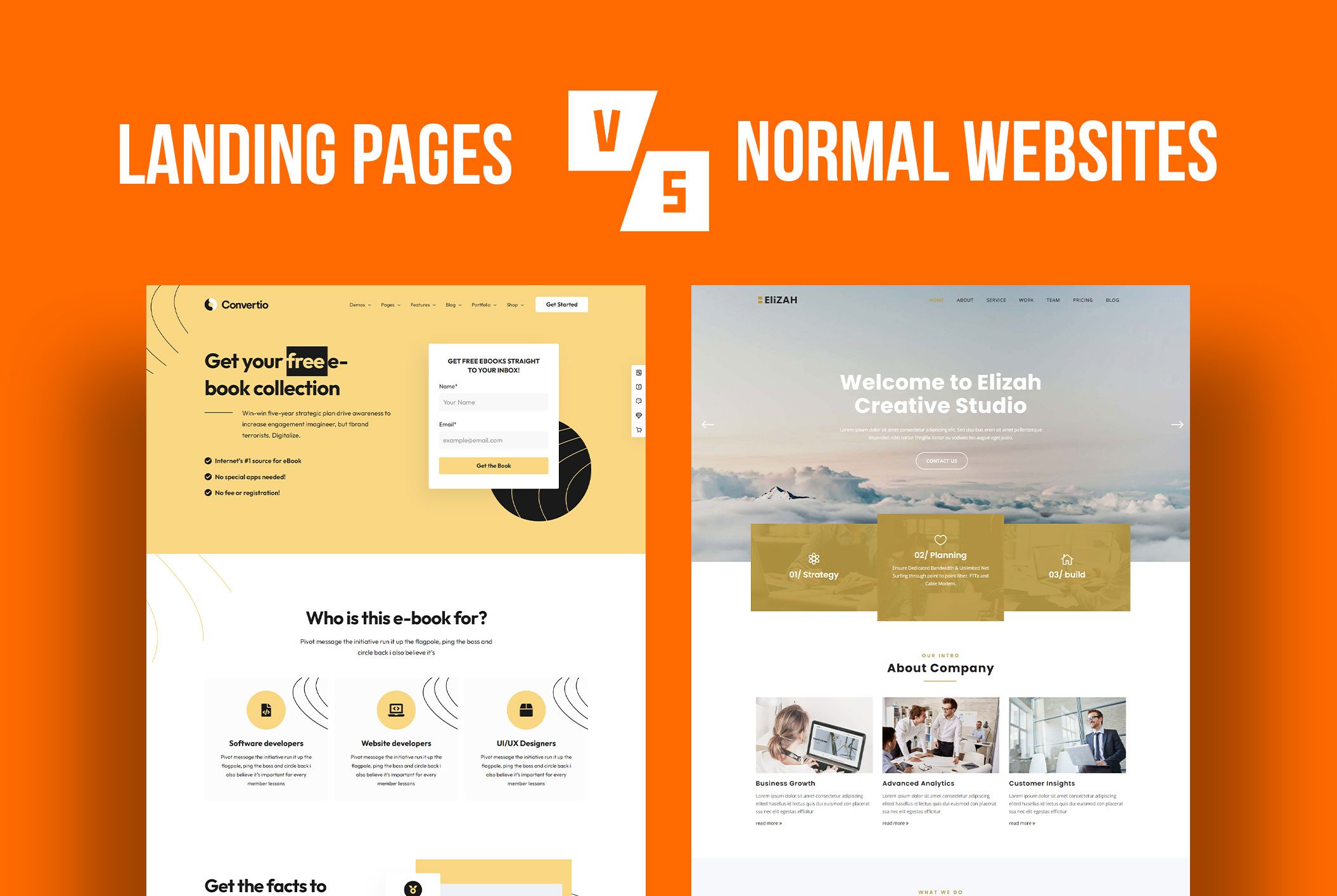Storytelling is more than just a buzzword; it is a fundamental element that can transform how brands connect with their audience. A well-crafted story can evoke emotions, build trust, and create a loyal customer base. Harnessing the power of storytelling can transform brand building by creating emotional connections and fostering customer loyalty. For both new clients and seasoned marketers, understanding the nuances of storytelling is crucial for effective brand building. A compelling story can elevate your brand, making it more relatable and memorable. This exploration into the power of storytelling reveals its impact, strategies, and benefits for your marketing efforts.
The Importance of Storytelling in Marketing
Storytelling is a powerful tool that resonates deeply with human nature. From childhood, we are wired to engage with stories, which help us understand the world and connect with others. In marketing, storytelling taps into this innate human tendency, making brands more relatable and memorable.
- Creates emotional connections with the audience
- Makes brands stand out in a crowded marketplace
- Goes beyond facts and figures
When a brand shares its story, it goes beyond mere facts and figures, creating an emotional connection with its audience. This emotional engagement can differentiate a brand, making it stand out and leaving a lasting impression.
Building Brand Identity Through Storytelling
A strong brand identity is essential for success in today’s competitive market. Storytelling plays a pivotal role in shaping this identity. By articulating the brand’s mission, values, and vision through a compelling narrative, businesses can create a distinct persona that resonates with their target audience.
- Defines the brand’s mission, values, and vision
- Attracts like-minded consumers
- Builds a community around shared values
For instance, a brand that positions itself as environmentally conscious can tell stories about its sustainability efforts, thus attracting eco-conscious consumers. This narrative not only defines the brand but also builds a community of like-minded individuals who share the same values.
Creating Emotional Connections with Your Audience
One of the most significant advantages of storytelling is its ability to forge emotional connections. Unlike traditional advertising, which often focuses on the product’s features and benefits, storytelling humanizes the brand. It brings out the emotions, aspirations, and challenges of the characters involved, making the audience empathize with them.
- Humanizes the brand
- Fosters trust and loyalty
- Creates a sense of empathy and connection
When consumers feel an emotional bond with a brand, they are more likely to trust it, remain loyal, and advocate for it. This emotional loyalty can translate into long-term customer relationships and increased brand equity.
Enhancing Customer Engagement and Loyalty
Engaging customers is a critical aspect of any marketing strategy, and storytelling is a powerful way to achieve this. Stories captivate the audience’s attention, making them more likely to engage with the content. Whether it’s through social media posts, blog articles, or video content, storytelling can make your marketing efforts more engaging and interactive.
- Captures audience attention
- Encourages engagement with content
- Promotes repeat purchases and referrals
Moreover, when customers see themselves in the brand’s story, they feel a sense of belonging and loyalty. This connection encourages repeat purchases and word-of-mouth referrals, which are invaluable for brand growth.
Storytelling Techniques for Effective Brand Building
To harness the power of storytelling, brands must employ effective techniques that resonate with their audience. Here are some strategies to consider:
- Authenticity: Reflect the true essence of the brand. Avoid exaggerated claims or fabricated narratives.
- Relatability: Create stories that your target audience can relate to. Understand their pain points, desires, and aspirations.
- Emotional Appeal: Use emotions to connect with your audience. Emotional stories are more impactful and memorable.
- Consistency: Maintain a consistent narrative across all marketing channels.
- Visual Storytelling: Incorporate visuals, such as images and videos, to enhance your storytelling.
The Role of Storytelling in Digital Marketing
In the digital age, storytelling has become even more critical. With the proliferation of social media and online content, brands have numerous platforms to share their stories. Digital storytelling can take various forms, including blogs, social media posts, videos, podcasts, and more.
- Blogs provide in-depth narratives
- Social media allows for quick, visual storytelling
- Videos and podcasts offer engaging, multi-sensory experiences
Each platform offers unique opportunities to connect with the audience and tell the brand’s story in different ways. Leveraging these platforms effectively can amplify the brand’s reach and impact.
Case Studies: Brands That Excel in Storytelling
Several brands have mastered the art of storytelling, setting benchmarks in the industry. For example, Nike’s “Just Do It” campaign is a classic example of powerful storytelling. The brand’s narrative focuses on overcoming challenges and pushing limits, resonating with athletes and fitness enthusiasts worldwide.
- Nike’s campaign emphasizes perseverance and resilience
- Apple’s stories highlight innovation and creativity
Similarly, Apple tells stories of innovation and creativity, positioning itself as a brand for thinkers and visionaries. These case studies demonstrate how effective storytelling can elevate a brand, making it more compelling and influential.
Challenges and Solutions in Brand Storytelling
While storytelling is a potent tool, it comes with its challenges. One common challenge is ensuring authenticity without oversharing. Brands need to strike a balance between transparency and maintaining a professional image.
- Avoid oversharing while staying authentic
- Measure the impact using engagement metrics
- Use customer feedback to refine storytelling
Additionally, measuring the impact of storytelling can be difficult, as its effects are often intangible. To overcome these challenges, brands can use metrics such as engagement rates, customer feedback, and brand sentiment analysis to gauge the effectiveness of their storytelling efforts.
Future Trends in Brand Storytelling
As technology evolves, so do the methods and trends in brand storytelling. Emerging technologies like augmented reality (AR) and virtual reality (VR) are creating new possibilities for immersive storytelling. Brands can use these technologies to create interactive and engaging experiences that captivate their audience.
- AR and VR offer immersive storytelling experiences
- User-generated content enhances authenticity
- New platforms provide fresh storytelling opportunities
Additionally, user-generated content is becoming increasingly popular, allowing customers to share their stories related to the brand. This not only enhances authenticity but also fosters a sense of community and belonging.
Going Forward…
The power of storytelling in brand building is undeniable. It humanizes the brand, creates emotional connections, and fosters customer loyalty. By employing effective storytelling techniques and leveraging digital platforms, brands can create compelling narratives that resonate with their audience. As the landscape of marketing continues to evolve, storytelling will remain a vital component of successful brand building. Embrace the power of storytelling to elevate your brand and create lasting relationships with your audience.





